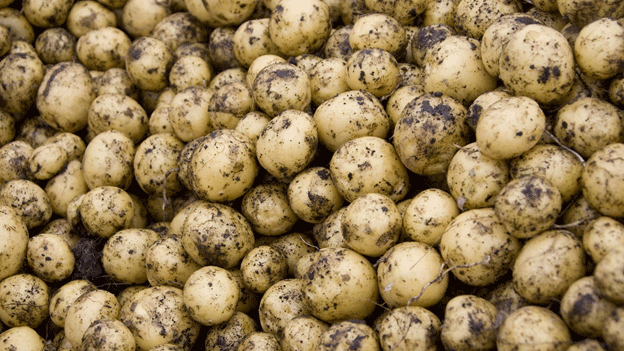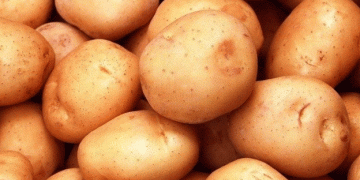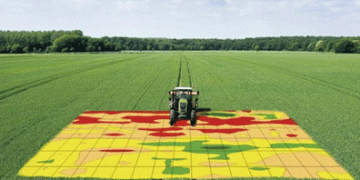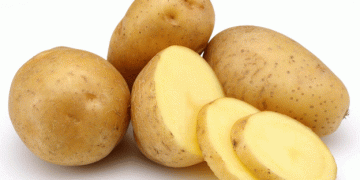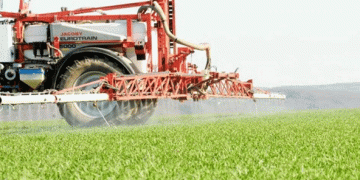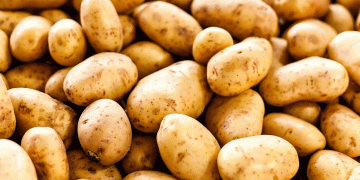Italy remains one of the top importers of French potatoes, second only to Spain. This article explores the driving factors behind Italy’s rising imports from France, highlighting production trends, consumption shifts, and strategic market insights.
In 2024, France reaffirmed its position as the world’s leading potato exporter, producing approximately 7.5 million tonnes, a significant increase driven by expanding acreage and improved yields ranging from 40 to 50 tonnes per hectare. According to Francesca Barbieri of Zanarini Agromarketing and Consulting, France’s diverse potato varieties, geographical advantages, and consistent quality fuel its competitive export strength.
Italy’s reliance on French potatoes arises primarily due to increasing consumer preference for processed potato products. Indeed, 2023 witnessed Italian consumption of frozen potatoes reaching 110,500 tonnes, up by 8% from 2022. Reflecting broader European trends, processed potato products increasingly overshadow fresh potato consumption.
The North-Western European Potato Growers (NEPG) region, comprising Belgium, Germany, France, and the Netherlands, produced 24.7 million tonnes in 2024, marking a 6.9% increase year-over-year. This upward trajectory primarily serves the industrial potato market, influencing producers’ decisions towards cultivating varieties suited for processing rather than fresh consumption.
However, rising production costs, climate change impacts, and reduced seed potato availability due to severe weather have created significant challenges. Specifically, heavy rainfall severely affected seed potato yields and quality, leading to considerable losses. Furthermore, European production areas shrank by approximately 11,000 hectares recently, intensifying pressure on supply chains.
As industrial potato demand is projected to surge by 70% by 2030, many growers find greater stability, despite relatively modest profitability, in processing contracts offering guaranteed volumes. The processed potato industry thus attracts producers due to its resilience against phytosanitary challenges and consistent productivity.
Italy’s agricultural expenditure continues growing, albeit modestly (0.9% in 2024 following an 8.1% surge in 2023). Vegetable spending, including potatoes, increased by 2.2%, supported by higher purchase volumes and stable pricing. Large-scale distribution channels dominate potato sales, though discount outlets gain market share at the expense of traditional retail channels.
Francesca Barbieri emphasizes the necessity of robust, reliable supply chains between French producers and Italian importers, highlighting the evolving professionalism and market awareness among potato growers. Establishing stable and quality-focused supply chains will be critical for sustained growth and market resilience in the coming years.
